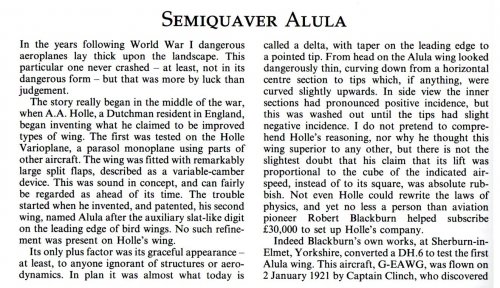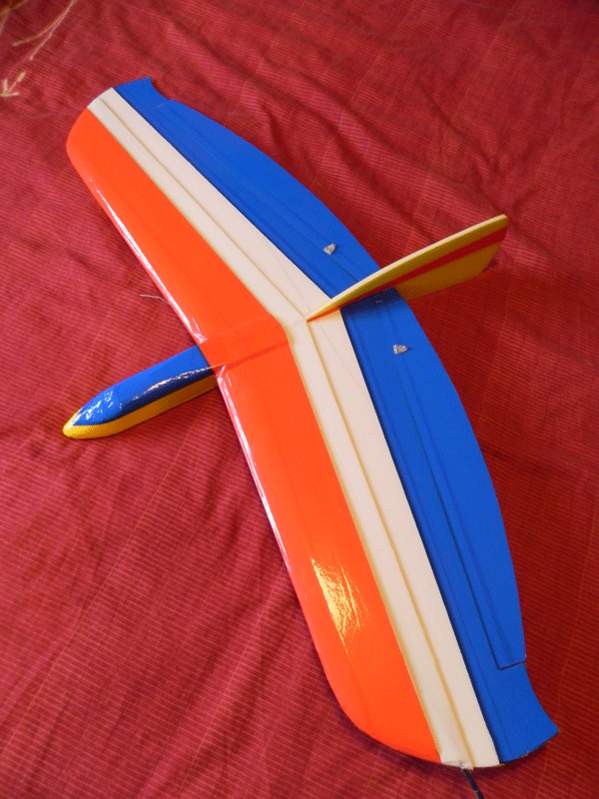

A bird’s primary feathers at the wing tips can be fanned out and twisted to adjust their resistance to the air flow. Powder feathers occur scattered throughout the plumage of most birds.įlight control is an important factor of a bird’s aerial activity. Birds such as Herons (Ardeidae) use the powder to mop up the slime and dust that gets on their fronts during feeding therefore keeping their plumage clean. Powder Feathers – these are unusual in that they grow continuously and disintegrate at the tip.Woodpeckers also have bristles over their nostrils to keep wood chips out when they are chiseling tree bark. When the bird starts attacking a wasps nest, the occupants fly out to attack and then become docile allowing the bird to feed up on its prey. Their facial feathers are very dense and contain a chemical which has sedative properties which affects insects. Honey Buzzards have an interesting defence adaptation for dealing with wasps and bees. They particularly occur in birds such as the Honey Buzzard (Pernis apivorus) which feeds on the nests and young of social bees and wasps. They are located around the eyes and mouths of some birds and provide protection.

Bristles – these have practically no barbs at all and are like short, stiff hairs.They also form the first feather coat of most young birds.

They provide the bird with insulation, and they may be found in both feather tracts (pterylae) and bare spaces between the feathered areas of the bird (apteria), generally in adult birds. They are associated with contour feathers and may be sensory or decorative in function.

They are used for protection, insulation, waterproofing, camouflage, communication and display.įeathers grow quite quickly on birds and are sealed off at the base. Birds have feathers which are made from tough fibrous protein keratin, a protein which is also used to make horn and hair by different animals and also beaks of birds.įeathers have many different functions apart from helping the bird to fly or swim.


 0 kommentar(er)
0 kommentar(er)
